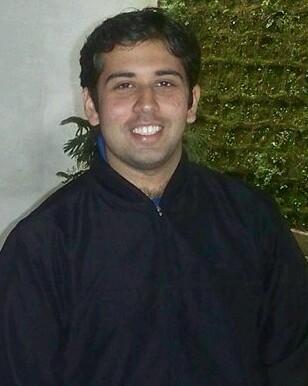
New Delhi: He is young and full of enthusiasm and at 33, Sunny Manchanda is one of the youngest directors of a Defence Research and Development Organisation (DRDO) laboratory.
Manchanda who heads one of the five newly established DRDO Young Scientists Lab (DYSL), he was hand-picked by the Defence Minister’s Scientific Adviser and DRDO top brass. The DYSL are meant to develop cutting-edge technologies and Manchanda’s laboratory which has been operational since mid-April is to develop Artificial Intelligence (AI) and associated technologies.
He wants to establish the lab as a “global centre of research” and “build products for the military and those that impact the lives of people in general”, Manchanda said in an interview to a daily.
Manchanda who started with computer science at the undergraduate level before joining DRDO in October 2009 as a Research Scientist, worked on Netra, the Airborne Early Warning and Control System (AEW&CS).
By 2016, he was involved with managing the flight-testing phase of the programme, when he decided to head back to university. In 2018, he obtained a Master’s in Computer Science at IIT Delhi, with a speciality in AI and Data Sciences.
As to what attracted him to AI, he said “I think it has been a long-standing (human) pursuit to understand the nature of our own intelligence. Most of us do not understand how human intelligence works. In aviation, for example, we understand the principles of flying, but the principles of intelligence are still hidden from us.
That is what endeavouring in AI amounts to. It is a study of perhaps ourselves. There is also the great advantage of building technology to make the lives of people better.”
To a question on whether any particular area that his team is focusing, he said that they were “working on computer vision, speech, forensics and biometrics. Not only in terms of how to use AI technology for these kinds of areas, we are also looking at dual-use technologies for the defence sector and the civilian market as well.”








